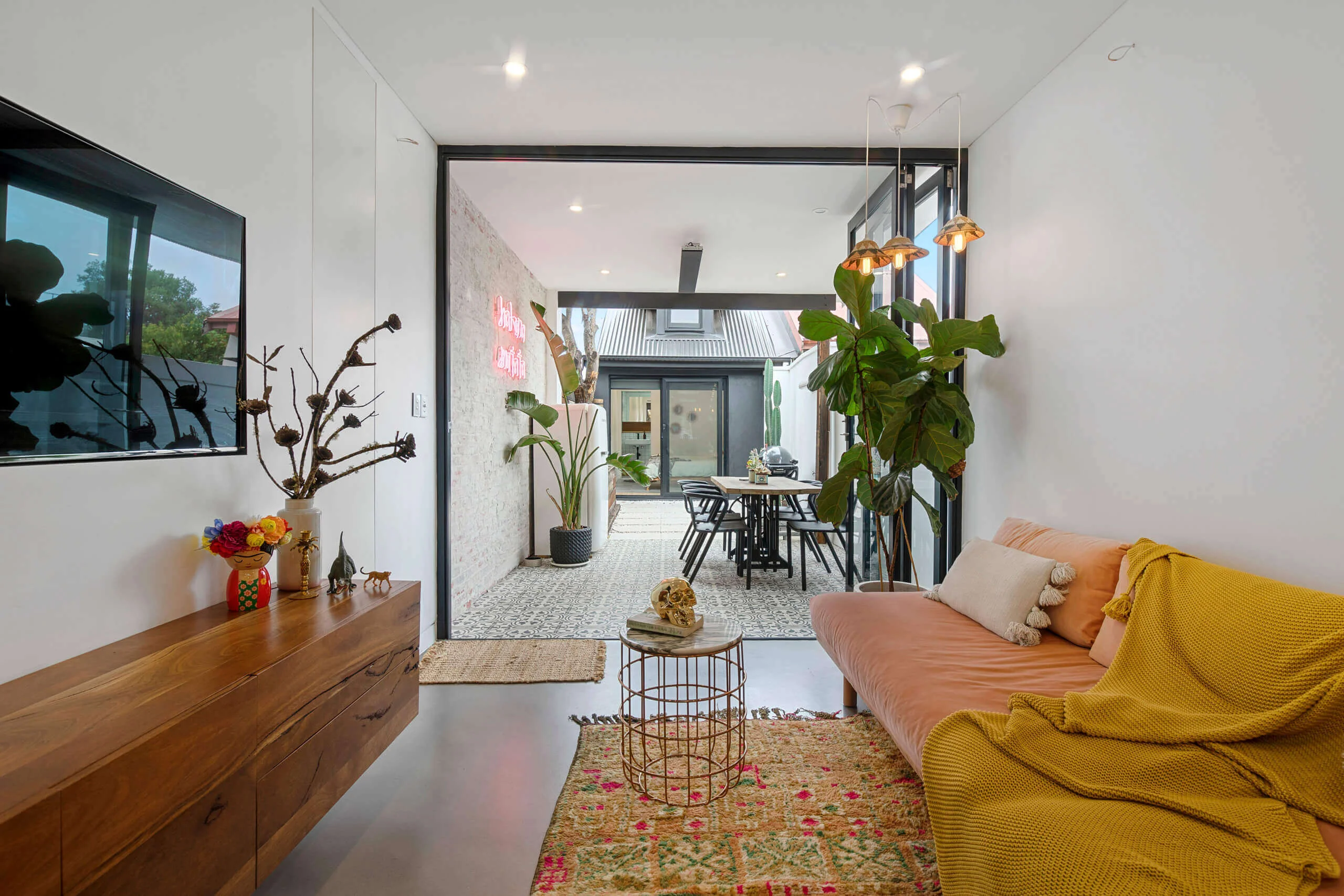
Renovation refers to the process of improving or updating an existing structure. This can involve minor repairs, major remodels, or anything in between. Whether it’s giving a fresh look to a room or making significant structural changes, renovations play a crucial role in enhancing the livability and aesthetic appeal of a home.
People often choose to renovate for various reasons. Perhaps the space feels outdated, or it no longer meets the needs of the family. Renovation can also significantly increase a property’s value, making it more attractive to potential buyers. Furthermore, thoughtful renovation can transform not just the look but also the functionality of a space. By carefully considering what changes to make, homeowners can create environments that better suit their lifestyles. Ultimately, renovation is about making a space feel more like home.
Types of Renovation Projects
Renovation projects can be categorized into three main types: interior, exterior, and structural renovations.
Interior renovations involve changes made inside the home. This could be anything from painting walls to completely redesigning a kitchen. These updates can improve both the appearance and functionality of a space.
Exterior renovations focus on the outside of the home, such as updating siding, roofing, or landscaping. These changes not only enhance curb appeal but also protect the home from the elements.
Structural renovations are more extensive and may involve altering the physical structure of the house. This can include adding rooms, removing walls, or even reinforcing foundations. Such renovations often require careful planning and professional assistance to ensure safety and compliance with building codes.
Benefits of Renovation
There are numerous benefits to undertaking a renovation project. One of the most significant advantages is the potential for increased property value. A well-executed renovation can make a home more appealing to buyers, often resulting in a higher sale price.
Additionally, renovations can enhance functionality. As families grow or change, so do their needs. Renovating can help create spaces that work better for daily life, such as adding an office for remote work or a playroom for children.
Aesthetic improvements are also a key benefit. Outdated designs can make a home feel uninviting. By updating finishes, colors, and layouts, homeowners can create a more welcoming environment. Overall, renovations can lead to a happier, more comfortable living space.
Planning Your Renovation
Planning is a crucial step in any renovation project. It begins with setting a budget, which is essential to avoid overspending. Homeowners should consider all potential costs, including materials, labor, and unexpected expenses.
Next, creating a timeline can help keep the project on track. Depending on the scope of work, renovations can take weeks or months, so it’s important to have a clear schedule.
Finally, homeowners must decide whether to hire professionals or tackle the project themselves. While DIY can save money, certain renovations may require skilled labor to ensure safety and quality. Consulting with contractors can provide valuable insights into what’s feasible and help streamline the process.
Popular Renovation Ideas
When it comes to popular Renovation ideas, the kitchen and bathroom often top the list. A kitchen remodel can greatly enhance both functionality and aesthetics, incorporating modern appliances and layouts that cater to cooking and entertaining.
Bathroom renovations also offer significant returns on investment. Updating fixtures, adding storage, or creating a spa-like atmosphere can transform a mundane space into a relaxing retreat.
Living room enhancements are another favorite. This could involve anything from new flooring to updated lighting or furniture arrangements. Creating an inviting space for family gatherings and relaxation is a top priority for many homeowners.
These renovations not only improve the home’s look but also contribute to a better quality of life.
Sustainable Renovation Practices
Sustainability is an increasingly important aspect of renovation. Homeowners are becoming more conscious of their environmental impact and are seeking eco-friendly materials and practices.
Using sustainable materials, such as bamboo flooring or recycled glass tiles, can reduce a renovation’s carbon footprint. Additionally, energy-efficient upgrades, like solar panels or high-efficiency windows, can save money on utility bills while promoting a healthier planet.
Implementing sustainable practices not only benefits the environment but can also lead to long-term savings. Many homeowners find that incorporating eco-friendly choices into their renovations enhances both comfort and sustainability.
Common Renovation Mistakes to Avoid
While renovations can be rewarding, there are common mistakes to watch out for. One frequent issue is underestimating costs. Many homeowners find that their initial budgets do not account for unexpected expenses, leading to financial strain.
Another mistake is skipping necessary permits and regulations. Not obtaining the proper permits can result in fines or the need to redo work.
Finally, ignoring design flow can lead to a disjointed space. It’s important to consider how different areas of a home connect and ensure that renovations complement each other for a cohesive look.
Conclusion
In summary, thoughtful renovation can transform spaces and improve quality of life. From planning and budgeting to choosing sustainable practices, each step plays a vital role in the renovation process. Homeowners are encouraged to consider the potential benefits of renovations, not only in terms of aesthetics and functionality but also in creating a more enjoyable living environment. By avoiding common pitfalls and focusing on well-planned improvements, anyone can embark on a successful renovation journey.

